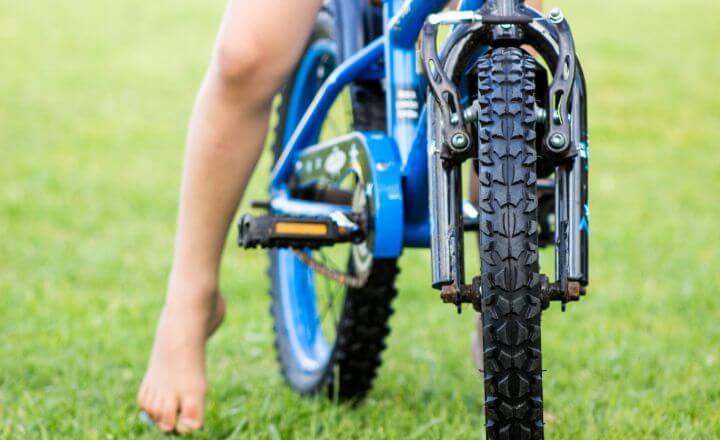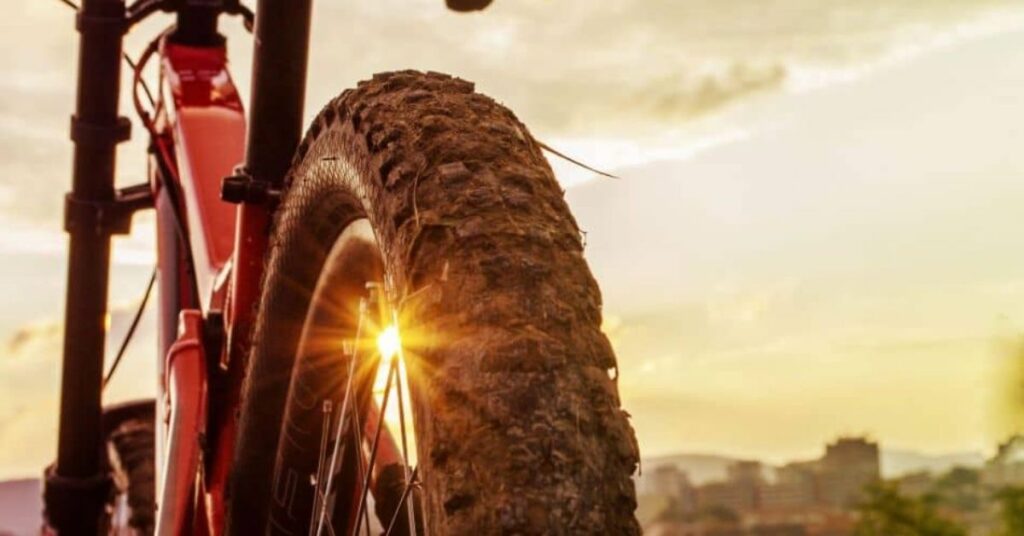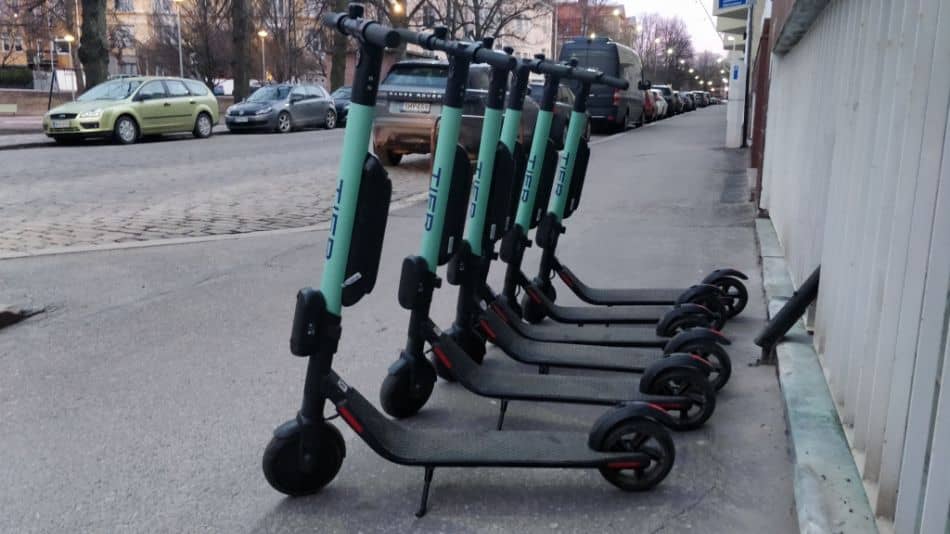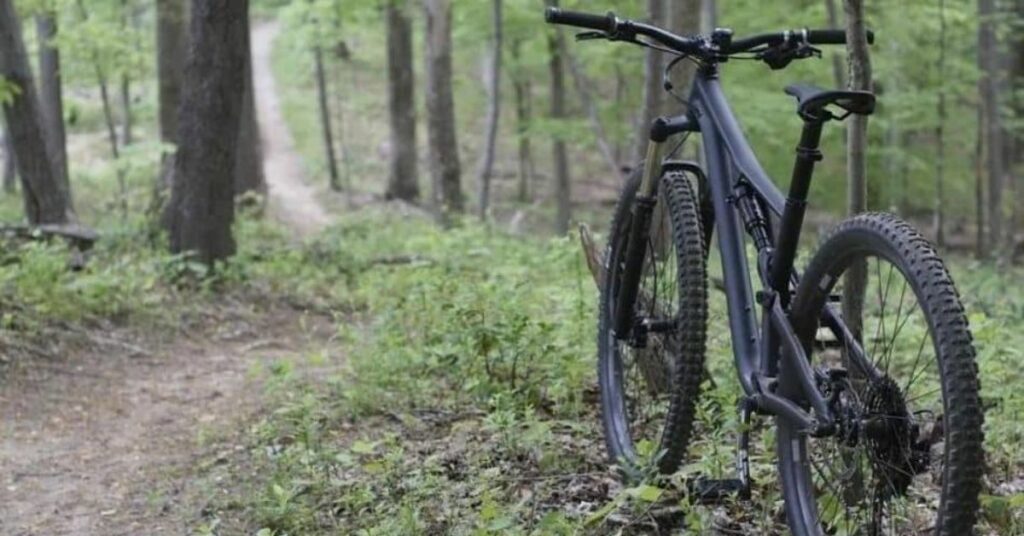(Last updated on January 31st, 2023)
If you love sightseeing and bike riding, consider combining the two with a bike tour across the United States. There are plenty of established routes to choose from, or you can create your own. Part of your planning includes where to stay, where to eat, where to sightsee, how many miles per day you’ll be traveling, how many days off you’ll need to recover, and of course, how long the trip will take.
In this article, we’re going to take a look at how long it takes to bike across the US. We’ll talk about a few of the popular routes you might take and how much time you’ll need. We’ll also give you some examples to figure out how long it will take you to cover your favorite route. But first, let’s get started by talking about what your bike touring goals are.
- Your Bike Traveling Goals
- Your Cyling Route
- How to Plan Your Own Route
- Current Records for Riding Across the US
- How to Figure Out How Long It Takes to Ride Across the US
- Additional Factors to Consider When Planning Your Route Length
- Tips on Planning Your Ride Across the US
- Final Thoughts on How Long It Takes to Bike Across the US
- Frequently Asked Questions
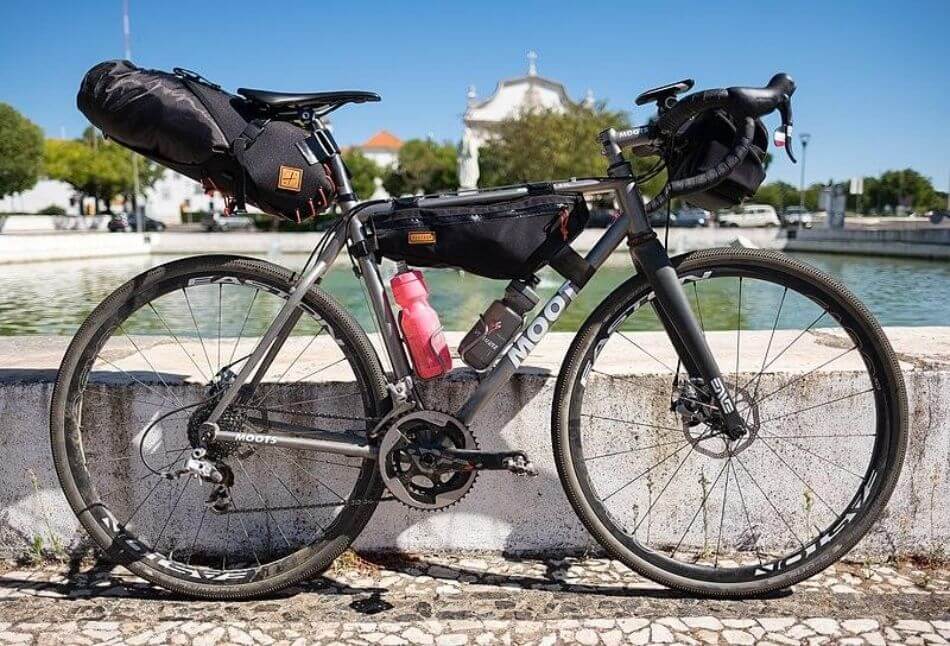
Your Bike Traveling Goals
What are your goals for biking across the United States? Do you want to sightsee? Do you plan on racing? Do you want to test yourself to see how strong you are?
If you plan on racing, you’ll want to go as fast as you can for as long as you can. Therefore, you won’t include sightseeing or rest days in your planning. On the other hand, if you want to focus on sightseeing and enjoy the country, you might choose a slower, more scenic route with frequent stops and plenty of rest days.
Knowing what your goal is will help you understand how long your trip across the US will take and will help you pack accordingly.
Your Cyling Route
One question you may be asking yourself is, how do I even pick a route? There are a number of established routes that many bike tourers choose from. Established routes are helpful because cyclists that have ridden them will know the best place to stop, sleep, or refuel. They can also give you an idea of how long their trip took.
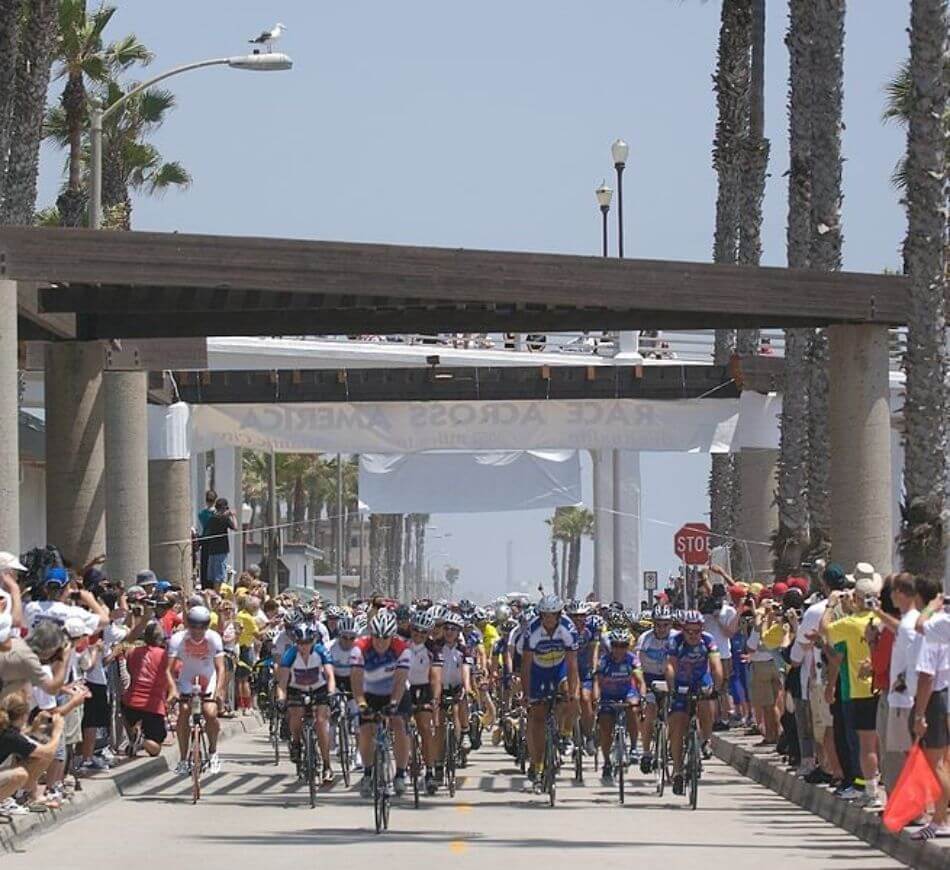
Race Across America
The first route you might consider is the Race Across America. You might choose to participate in this extreme endurance event, or you can just use their route and go at your own pace.
This route travels from Oceanside, CA, to City Dock Annapolis, Maryland. It’s over 3000 miles long, crosses 12 states, and climbs 175,000 feet. If you join the race, you’ll need to complete it in 12 days or less. But if you go at your own pace, you can take as much time as you want.
The Transamerica Bicycle Trail
The Transamerica Bicycle Trail began in 1973, and the route was completed and ready to ride by 1976 as a celebration of the country’s 200th birthday. The route begins in Astoria, Oregon, and ends in Yorktown, Virginia. After that, you’ll wind your way through amazing countryside, small towns, and National Parks. The route covers 4215 miles and over 216,000 feet of climb.
Adventure Cycling recommends leaving and giving yourself around three months to complete the trail in order to enjoy the sightseeing along the way. This trial is so popular that towns along the way are used to accommodating bike tourers!
Adventure Cycling also offers some other famous bike routes.
The Southern Tier
The Southern Tier route runs along the southern portion of the US from St. Augustine, Florida, to San Diego, California. It’s roughly 3,000 miles with 100,00 feet of climb. Give yourself about two months to fully finish this route.
The Northern Tier
The Northern Tier runs from Washington to New York. It’s roughly 4,290 miles with over 173,000 feet of climb. You’ll need to ride this route between spring and fall, as winter weather shuts it down. It will take you several months to weather this route.
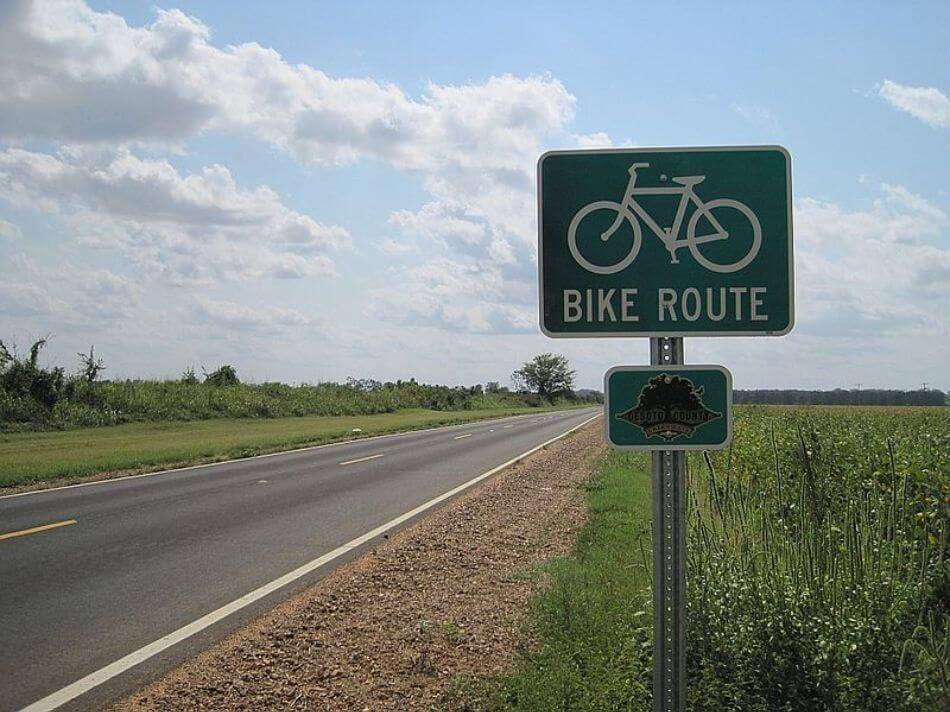
The Atlantic Coast
The route on the Atlantic Coast goes from Bar Harbor, Maine, all the way to Key West, Florida. You’ll be looking at a mere 2,655 miles with over 73,000 feet of climb. This route should take you 2 to 4 months to complete.
Pacific Coast Bike Route
On the opposite of the United States, you can ride the Pacific Coast route from Vancouver, B.C., to Imperial Beach, California. This route covers 1850 miles and 106,000 feet of climb.
Average cyclists will take 4 to 10 weeks to bike this route.
The Great Divide
The Great Divide is certainly more of a mountain bike route. It runs from Jaspar, AB, to Antelope Wells, NM. You’ll find it’s 3087 miles with 213,000 feet of climb. There is another Great Divide Route that encompasses even more elevation! You can see Ryan Van Duzer travel on the Great Divide and learn from his experiences on his YouTube Channel. https://youtu.be/V3O3ooTtrV4
Allow 6 to 10 weeks to traverse this route, keeping in mind that in some locations, food and water stops are over 100 miles apart.
Of course, these are just suggested routes that other cyclists have used over and over again. They are well-tested and loved! However, you can plan your own routes. Ryan Van Duzer gives you some great advice on how to pick your route.
How to Plan Your Own Route
For example, the East Coast Greenway has a website dedicated to planning your bike trip. Then you can export your trip to Ride with GPS to help you navigate.
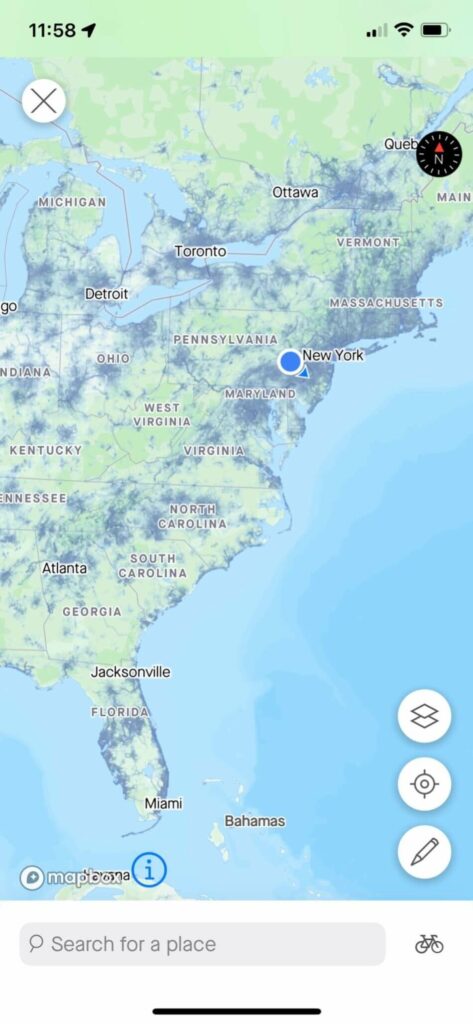
Other ways to plan your trip include:
You can use these apps to see what routes other cyclists have taken. You may be able to search and find a route that has already been created or piece parts of other people’s routes together.
The app will show you the number of miles as well as the elevation profile and type of terrain, which will help you figure out how long it will take you to complete your route.
Strava Estimated Time to Arrival
If you use Strava to plan your route, it will give you an expected number of hours to complete your trip based on your specific riding history. You can also search for similar routes and see how long it took other cyclists to ride them.
Then, you can divide that number by the number of hours you want to ride per day. Finally, add in your rest days, and you’ll have an approximate length of your trip.
You May Also Like:
Current Records for Riding Across the US
As previously mentioned, the Race Across America is a great place to start when considering your bike touring route. This race covers 3037 miles and runs across the United States in 12 days or less. The route varies somewhat from year to year.
The fastest time on record was set by Christoph Strasser from Austria, who completed the race in 7 days, 15 hours, and 56 minutes in June of 2014. His average speed was 16.42mph.
The first woman to ever complete the race was Leah Goldstein, who beat all of the men and women in her field in 2021 by finishing the race in just over 11 days. (according to bicycling.com)
Learn more about the Race Across America in this documentary.
Most of us won’t be racing across the United States as fast as we can go. Instead, we’ll want to enjoy the journey a bit more. It’s a lot easier to figure out how long it will take you to cross the United States if you know your route and your average speed.
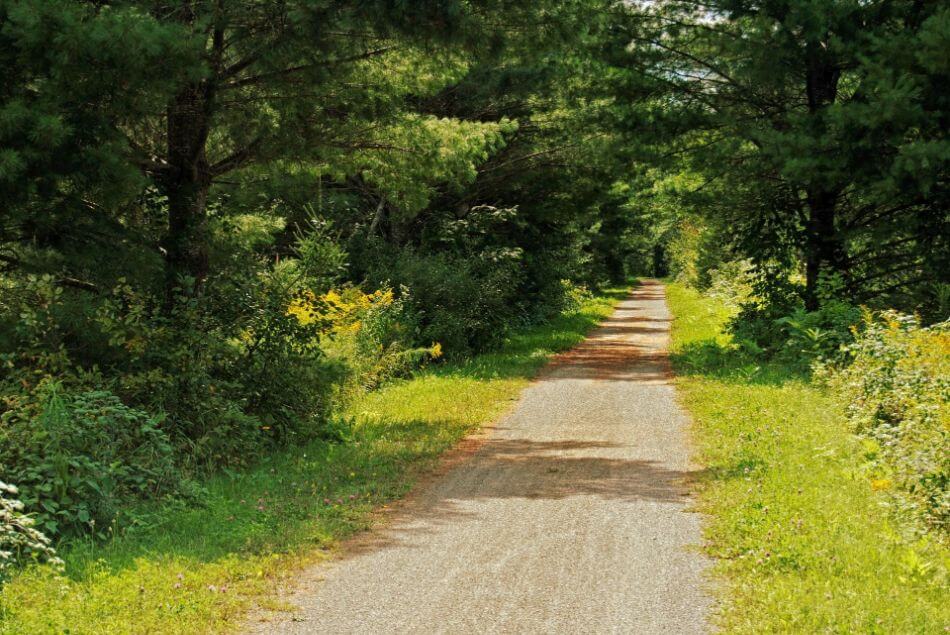
How to Figure Out How Long It Takes to Ride Across the US
To get a rough idea of how fast you can make it across the United States, you’ll need to know how many miles you’re going to traverse. For example, if you go from Maryland to California, it will be around 3000 miles. If you ride from Florida to Maine, the distance will be about 1500 miles. Mexico to Montana is closer to 1200 miles.
Next, you need to know your average speed. The average bike tourer, according to americabybicycle.com, rides around 13 to 16 mph for their tours. You may be faster or slower, and your pace will be affected by the terrain as well. If you pick a very hilly route, your average speed will be lower. And if you choose a flatter route, your average speed may be a little bit faster.
Finally, you need to know how many miles you’ll be riding each day. You’ll probably ride between 50 to 70 miles per day, depending on the terrain. Some people will go closer to 100 miles per day if they have very high fitness.
You might prefer to choose how many hours a day you will ride rather than how many miles.
For example, let’s say that you are choosing a route that is 3000 miles. You know you can ride an average of 15 mph even if the terrain is a little bit hilly. You’d like to ride 6 hours a day, leaving you 8 hours for resting and sleeping and 10 hours to eat, relax, set up your tent, or see the local sites.
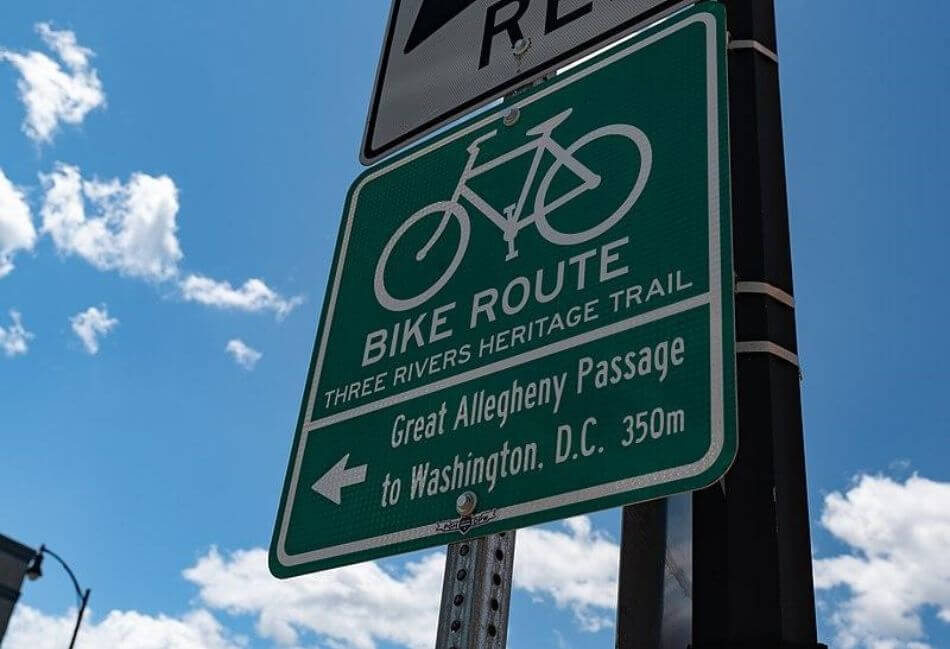
At this pace, you could cover 90 miles per day. So 3000 divided by 90 is about 34 days, with the last day being only 27 miles. However, you’ll probably want to factor in a few rest days, a little recovery time if you get sick, and a break in case the weather gets bad. You might want to figure in an entire day off each week.
In this case, you’ll travel 540 miles per week. At this rate, it will take you five and a half weeks to finish your 3000-mile course.
What if you only want to ride 50 miles per day? Easy.
If you ride a steady 50 miles per day, it will take you 60 days. On the other hand, if you want a rest day each week, you’ll be riding 300 miles per week. So it will take you ten weeks or two and a half months to finish your tour across the United States.
Additional Factors to Consider When Planning Your Route Length
There are a number of additional factors to consider when deciding how long it will take you to travel across the US by bike.
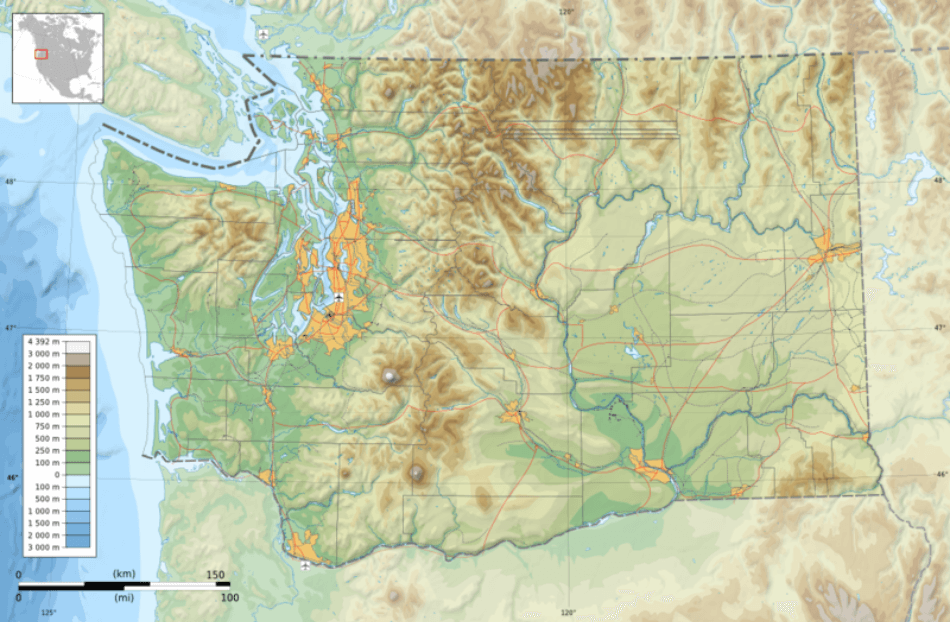
Weather Conditions.
Bad weather will slow you down or even stop your trip progress. For example, heavy rains can bring your ride to a complete standstill. Likewise, wind can slow you down considerably.
According to roadbikerider.com, a headwind will slow a cyclist’s speed by about half the speed of the headwind. So if a cyclist is riding 12 mph and has a six mph headwind, they’ll only be able to travel around nine mph. This can slow your trip considerably.
Illness
If you encounter a bad illness over the course of your trip, you’re going to need to take a couple of days off. Sickness will add to the length of your trip.
Elevation
The amount of elevation on your trip will make a big difference in your speed.
For example, maybe you average 15mph on flat roads. But for climbing mountains, you might only average 6 to 8 mph, and while descending, perhaps you are comfortable riding downhill at about 30pmh.
If you ride mostly flats, you’ll keep your average of 15mph. But your speed will slow significantly if you have more hill climbs than flat roads.
Fatigue
The last consideration is accumulated fatigue. Even if you can ride 100 miles at an average pace of 15mph, can you keep that up for an entire month or two? Over time, the fatigue will accumulate, especially if you don’t count for rest days. In addition, your average speed will drop as your fatigue increases, meaning your trip will take longer than expected.
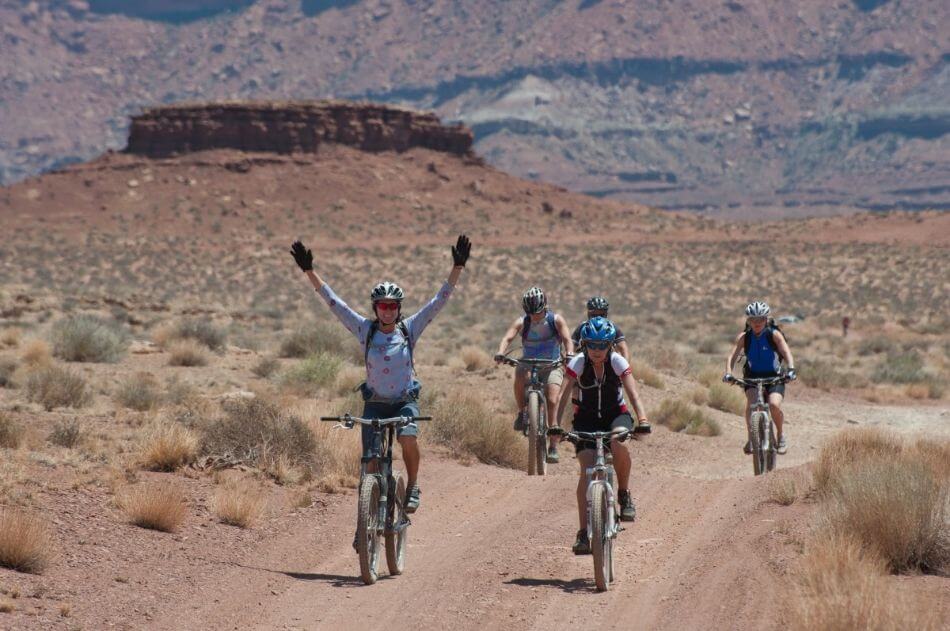
Tips on Planning Your Ride Across the US
Choose Your Route
Plan your route according to your abilities and your fitness level. Don’t try to rush across the entire US if your fitness isn’t at its best – instead, you might be better off with a more leisurely pace. Don’t choose mountains if you hate climbing; opt for flatter routes.
Choose Your Season
Seasons can vary greatly, so make sure you pick the optimum time for your ride. You don’t want to have to abandon your trip because you can’t cross in the snow or because the weather is just too hot.
Plan for Extreme Weather
Extreme weather can happen, so make sure you have layers for cold weather, wet weather, and other kinds of extremes.
Plan for the Unexpected
Build in extra time in case you get sick or have a mechanical issue. Pack extra supplies and always have plenty of water, just in case.
Check Traffic Safety
Make sure all of your roads are ridable. You don’t want to get discover too late that bikes aren’t allowed on the route you chose or that a road was closed. Choose roads that are safe for cyclists to ride on.
Final Thoughts on How Long It Takes to Bike Across the US
Planning a bike trip is a long and complex process. The easiest way to do it is to join an established tour, such as American Bicycle. While expensive, they’ll do all of the planning for you, so all you have to do is ride your bike!
On the other hand, you may want to use the routes by Adventure Cycling or create a route of your own. Use the guidelines to get a rough idea of how long it will take you to ride at your own pace, making sure you add in plenty of extra time for sightseeing, illness, fatigue, and of course, bad weather. Giving yourself plenty of extra time will mean you can thoroughly enjoy your trip and your bike.
Frequently Asked Questions
Helmets are required in 22 states. Find out which ones so you are prepared. Wearing a helmet is good common sense even if the law does not require one.
People with average fitness will probably ride around 50 miles per day. If you have excellent fitness, you might be able to do 100 miles a day, at least on some days.
It depends on the route you take, but it will probably take you 2 to 3 months to complete your journey and still be able to do some sightseeing.
Yes, you can ride an ebike across the United States. However, you’ll need to keep in mind where and how you will charge up your bike. Ebikes can be very heavy to ride if you aren’t using the battery.
The Adventure Cycling Association offers a variety of routes that will take you across the United States.
There are a number of bike tours that offer trips across the United States. If you don’t have people to ride with or would like the peace of mind of having a support ride, you might want to join in with one of these groups. They do charge a large amount of cash but it might be worth it for you!

Amanda Whittington is an expert writer, impassioned cyclist, and musician. Coming from a diverse educational background, Amanda discovered a deep-rooted passion for encouraging others through her love of all things cycling, writing, and inspiring hope.
You’ll likely find Amanda pouring over bike specs, comparing the hottest cycling tech, and sporting the latest jerseys while juggling the demands of her editorial calendar, training schedule, tiny homestead, and 6 busy kids.
She spends her free time absorbed in her own gardening and fitness, cycling, and reading, all while encouraging adoption and foster care, championing the underdog, and of course, working with her chickens and goats.

